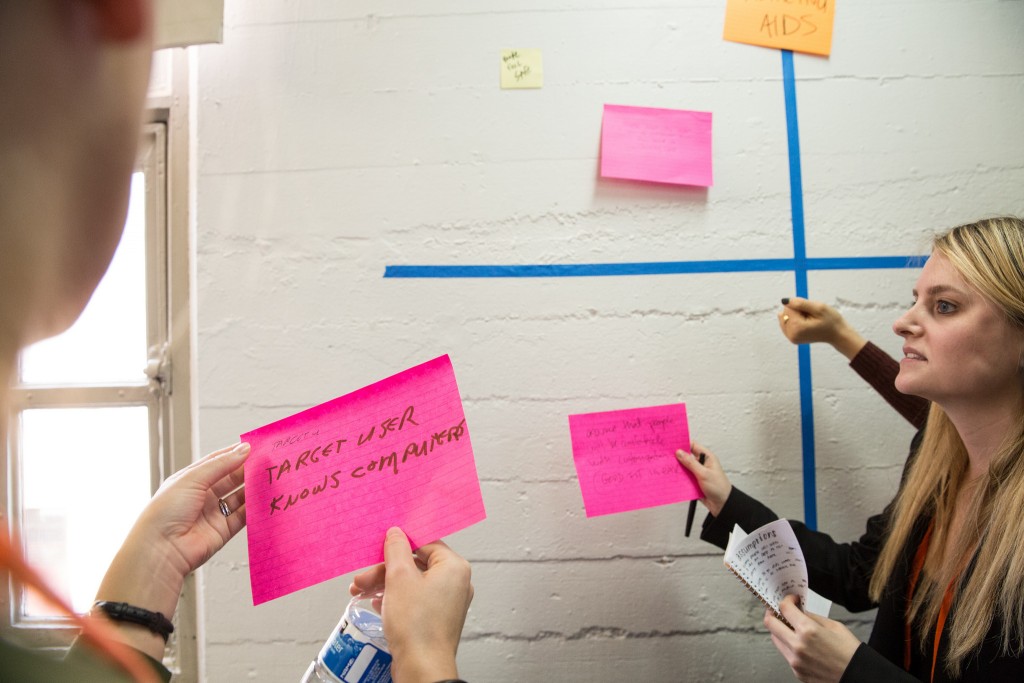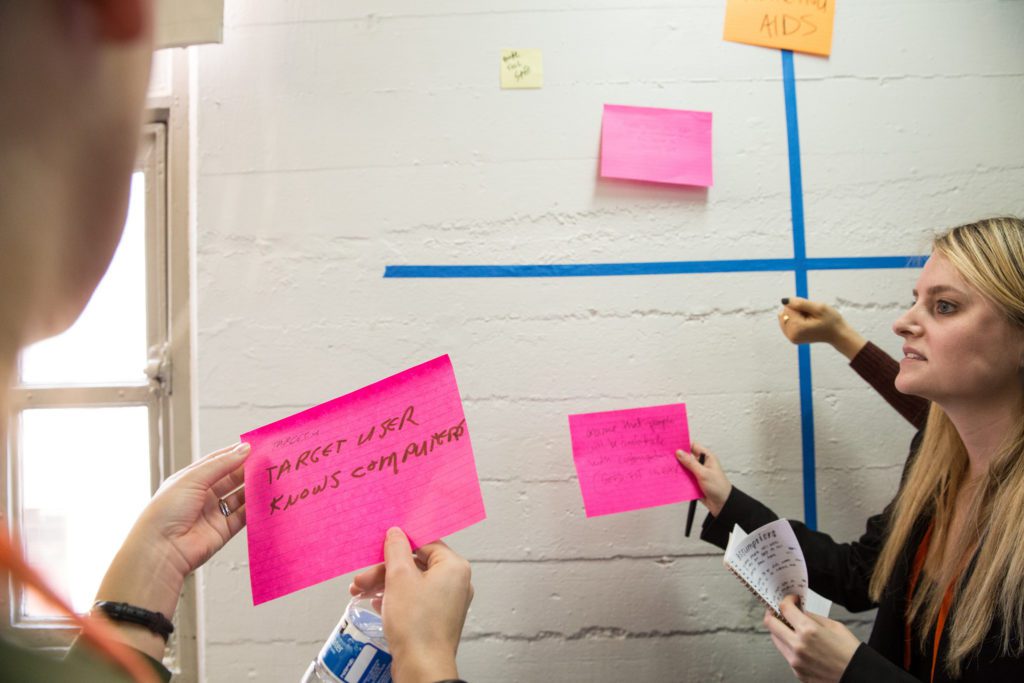How to Avoid Building Bad Products with Rapid Validation


Despite our best efforts, there are a lot of products out there that aren’t so great. We know from Lean Startup that one of the ways to avoid going down the rat hole with bad products is to be willing to fail fast, but Amir Shevat, Director of Developer Relations at Slack, former Googler and Entrepreneur, believes that there are ways to avoid building bad products in the first place.
In his session at the Lean Startup Conference 2015, Amir explained how rethinking the way we experience products can help us to get feedback faster. The key is thinking about interactions with products as a conversation, and measuring how well that conversation is going.
To demonstrate his point, he called a member of the audience up to the stage, said “hello” and then promptly asked for the man’s personal information. The volunteer was briefly caught off guard, as anyone might be if abruptly propositioned for a phone number or address. In the context of social conversation, we can easily see that such a request is awkward, but we still build apps that immediately ask for a username and a password without first engaging the user or explaining what the user will get out of the app.
Amir next quizzed the audience by presenting two user experiences that a family-photo-sharing app had tested for their sign up process. The first flow was much shorter, while the second was longer and prompted the user to add connections and post a photo.
Almost the whole audience guessed that the first flow was more successful, but they turned out to be wrong. As Amir explained, the second flow had steps that engaged the user and drove better retention and usability. This exercise showed that people should be shown the value of the app as part of the initial conversation. Any requests for information should be part of an organic conversation or exchange, so users understand what they’re getting.
It also functioned as a lesson on why it’s so important to measure customer feedback not based on what they say, but rather based on what they do within the product.
Amir gave another example of this from his own experience as an entrepreneur, when he was building an app to help people meditate. He found that although people were eager to try meditation, there was a significant amount of drop off after they began actually using the app. Asking users for feedback wasn’t providing clear answers, but observing them in conversation with the app gave better clues.
He ultimately observed that the session time was too long to keep users engaged. In an experiment to dramatically shorten the duration of meditation, he got the response he’d hoped for: more engaged users.
Amir noted that one important part of running experiments is actually not telling the user it’s happening. This reinforces that the in-app conversation is the ultimate source of truth. Telling the user that you’re going to run an experiment and then, for example, sending them a survey to ask if they liked it, is not as effective because it’s too far removed from their natural usage.
Observing the quality of conversation between app and user is what Amir calls rapid validation. Hearing from customers, getting feedback, iterating and failing fast when necessary are all key principles of Lean Startup.
Focusing on empathy and conversation is a way to accelerate that process, and get to product/market fit even more efficiently. There will always be products that don’t work out and companies that don’t succeed, but using rapid validation, you save yourself from mistakes that are easily avoidable.
Enjoying these stories? Never miss out on real-time updates and learn about the hot topics in our community. Connect with us on Twitter: @leanstartup
